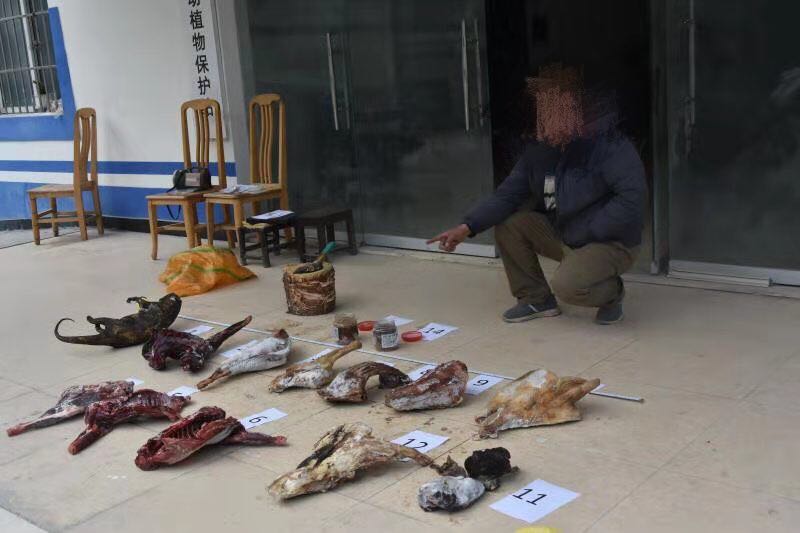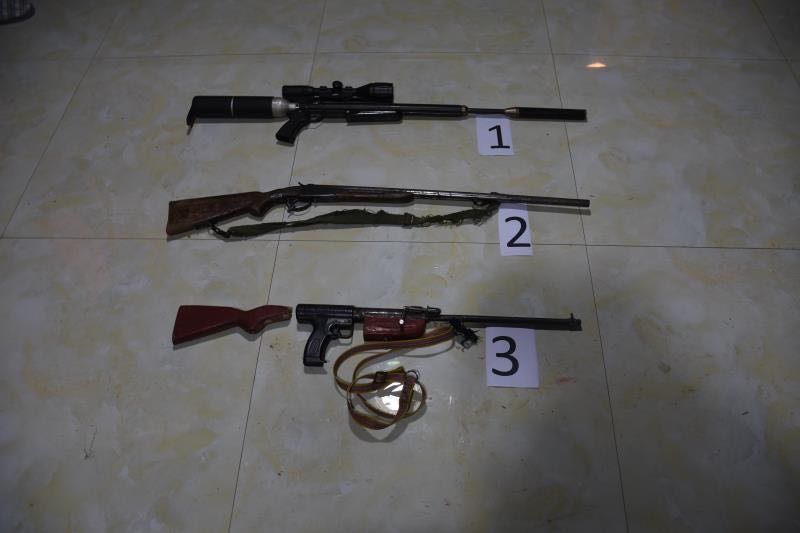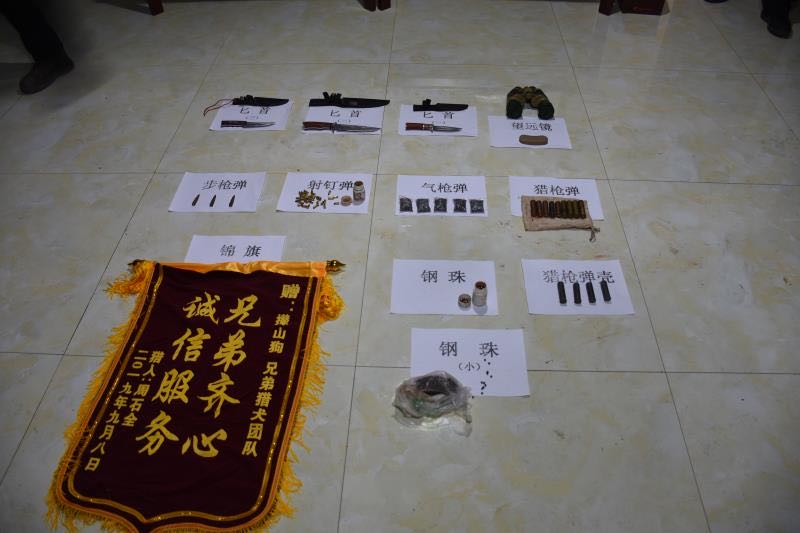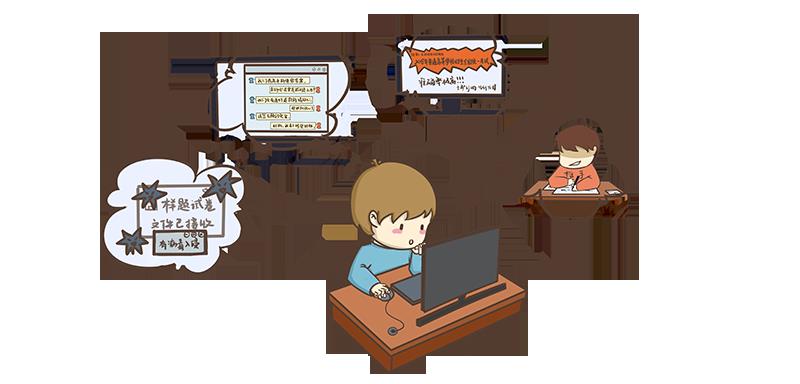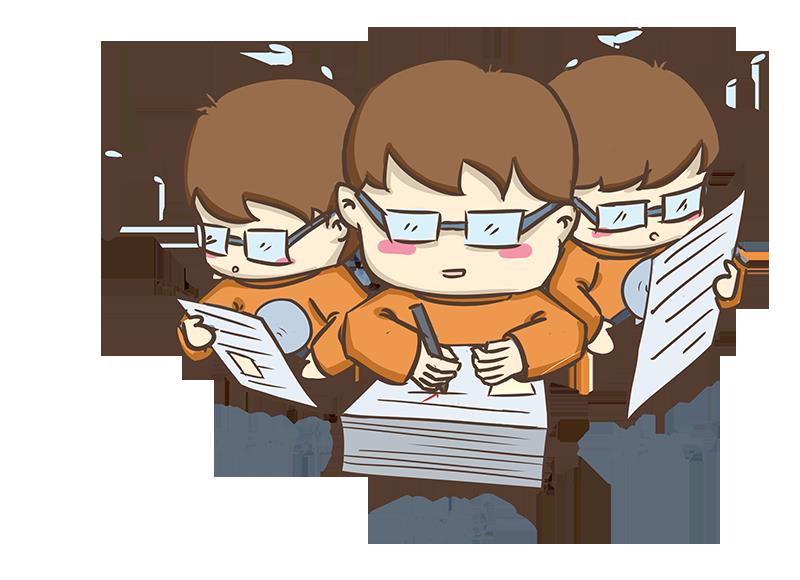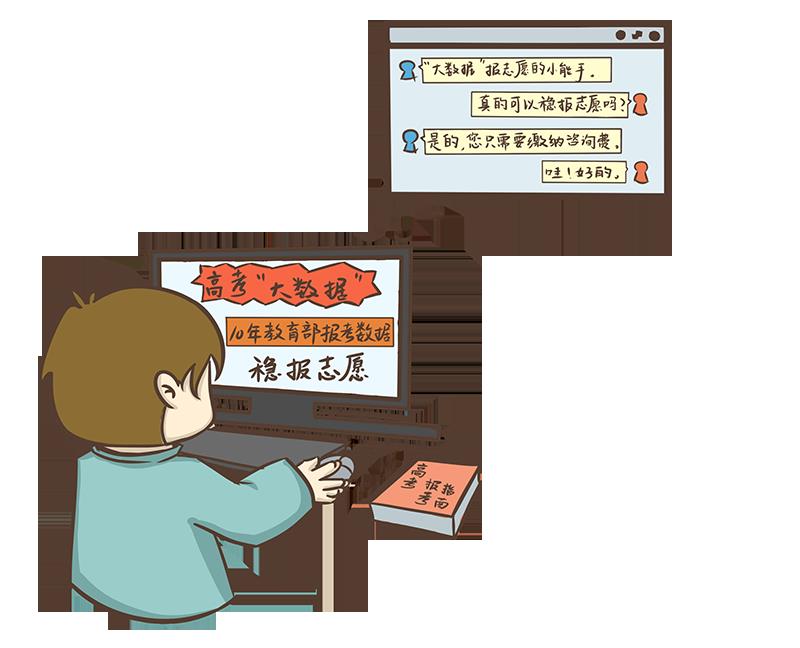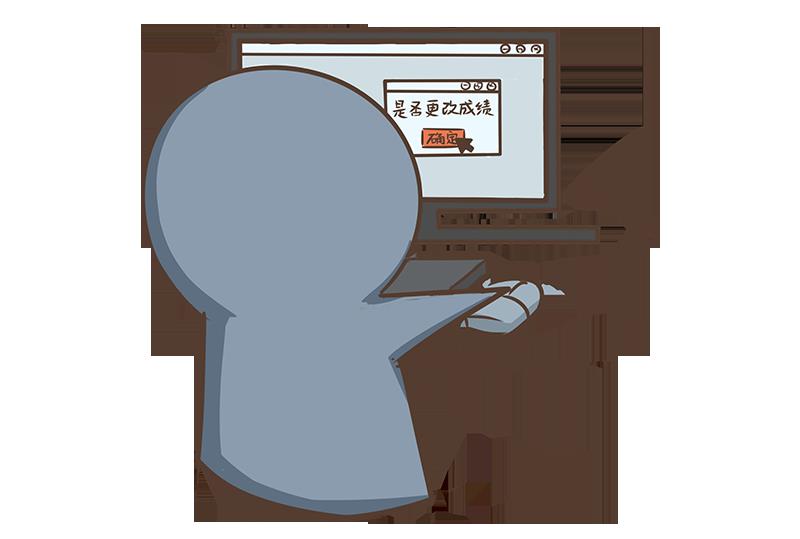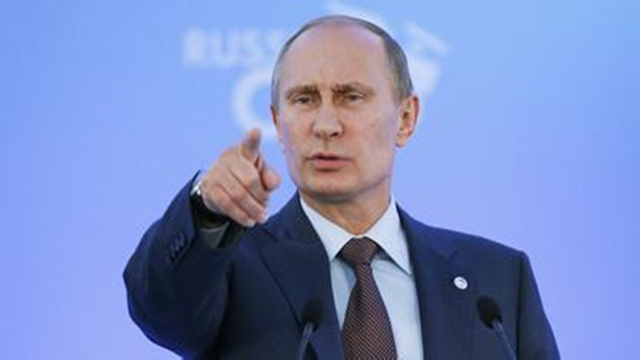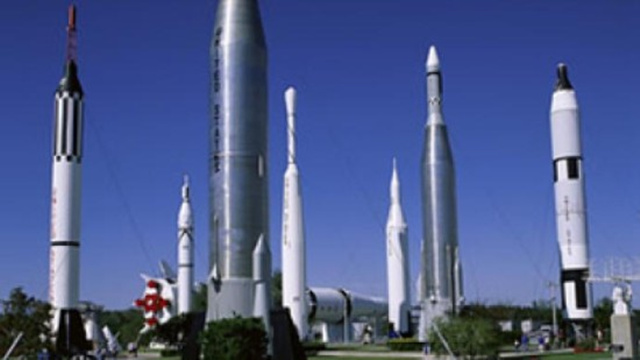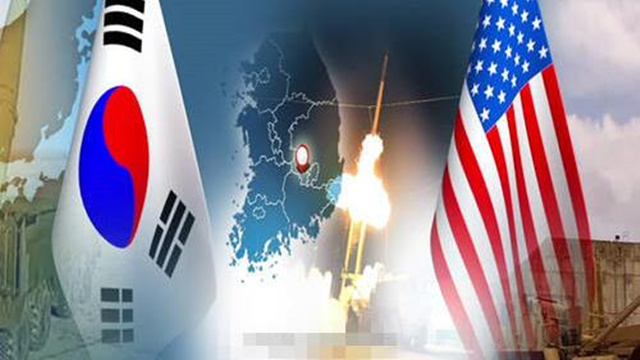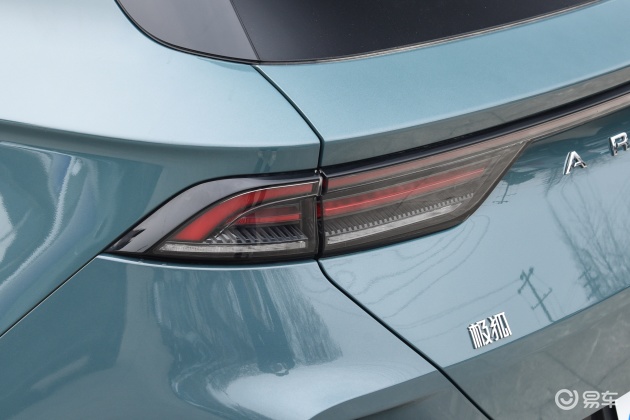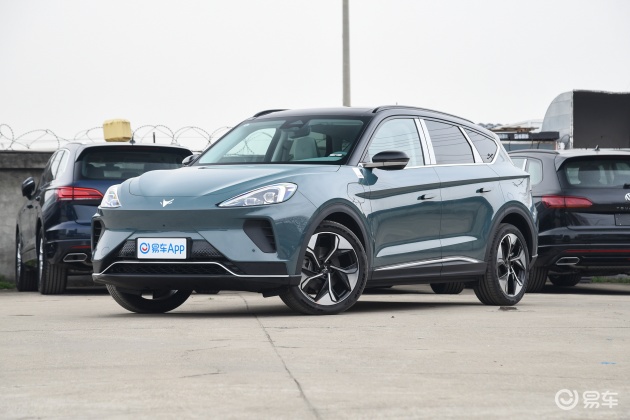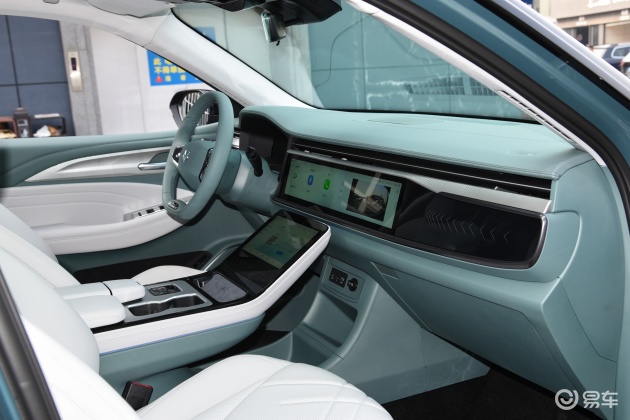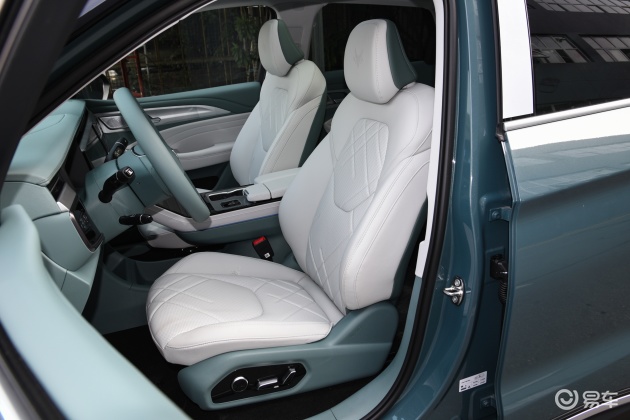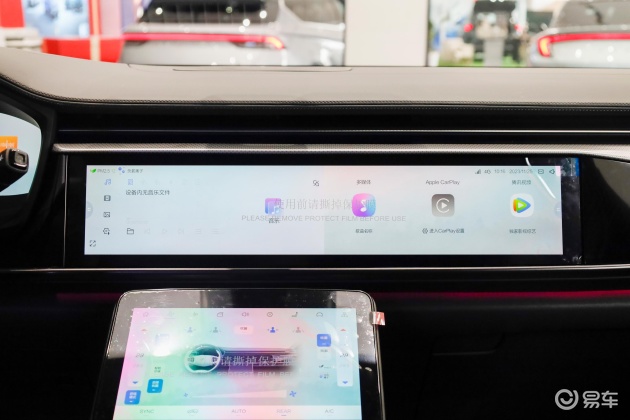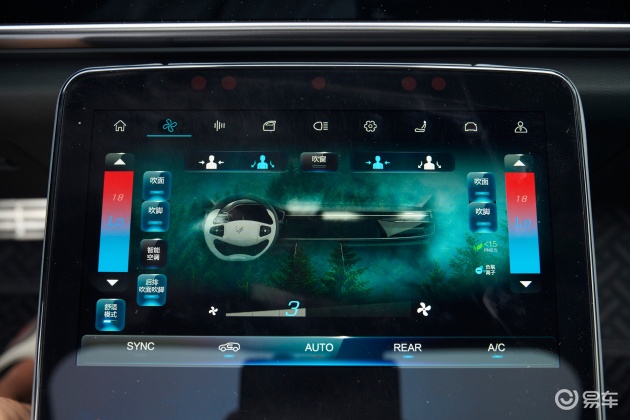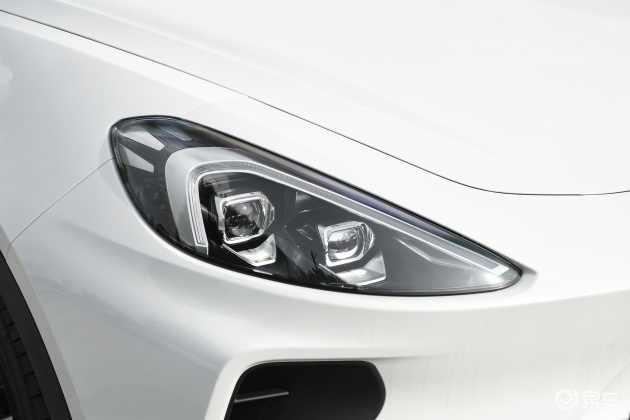
In the new era, Socialism with Chinese characteristics has made great achievements, and China is increasingly showing the image of a great country with beautiful mountains and rivers. The picture shows Hulu River in Xiji County, Guyuan City, Ningxia after treatment. Xinhua News Agency reporter Wang Peng photo
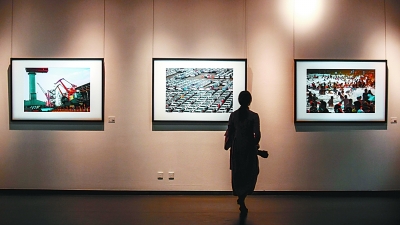
On September 23, the first "One Belt, One Road" International Ocean City Cultural Photography Week opened in Dalian. The picture shows visitors enjoying the photographic works on display. Xinhua news agency
Socialism with Chinese characteristics is the theme of the whole theory and practice of the Party since the reform and opening-up, and it is the fundamental achievement that the Party and the people have made through untold hardships and paid a huge price. Since the reform and opening up, the great creation and great achievements of Socialism with Chinese characteristics’s theory and practice have not only profoundly changed China, but also profoundly influenced the world.
In the new era, to further strengthen the "four self-confidences" and consistently uphold and develop Socialism with Chinese characteristics, we need to profoundly grasp Socialism with Chinese characteristics’s great contribution in the history of world socialism development and human society development.
1. Glowing the strong vitality of scientific socialism.
Since the reform and opening-up, the Communist Party of China (CPC) has led the people of all ethnic groups in China to unswervingly March forward along the road of Socialism with Chinese characteristics, pushing China’s economic strength, scientific and technological strength, national defense strength and comprehensive national strength into the forefront of the world, promoting China’s international status to achieve unprecedented promotion, and making China increasingly show the image of an oriental power with clear politics, economic development, cultural prosperity, social stability, people’s unity and beautiful mountains and rivers. In just 40 years, Socialism with Chinese characteristics has made scientific socialism glow with great vitality in China with a population of more than 1.3 billion, and its significance and contribution are of course extremely significant and self-evident.
First, it proves that Marxism and scientific socialism will never fade. Whenever the international communist movement suffers setbacks and the world socialism falls into a low tide, there are always voices that question the truth of Marxism and scientific socialism. After the drastic changes in Eastern Europe, the world was suddenly filled with various arguments such as "failure", "bankruptcy", "failure" and "outdated" of Marxism. Over the past 40 years, Socialism with Chinese characteristics’s great achievements have not only proved the absurdity of these arguments, but also proved the great truth power and vitality of Marxism. Because, these great achievements are precisely the result of long-term efforts by the Communist Party of China (CPC) people who have always believed in the scientificity and truth of Marxism and regarded Marxism as an expert, United and led the people of all ethnic groups throughout the country, adhered to Marxism as the fundamental guiding ideology, unswervingly followed the correct path of Marxism in China, kept pace with the times and practiced the basic principles of Marxism and scientific socialism. In the new era, Socialism with Chinese characteristics has made great achievements, so we must cherish the truth value of Marxism leading the times, persevere in promoting the modernization and popularization of Marxism in China, and make Marxism shine more brilliantly.
Second, it has set up a dazzling great banner of scientific socialism in the world, that is, the great banner of Socialism with Chinese characteristics. Needless to say, after the drastic changes in Eastern Europe, it was doubtful whether socialism could stand in the world at that time. Regarding this question, Comrade Deng Xiaoping said that as long as socialism in China does not fall, socialism will always stand in the world. After long-term efforts, Socialism with Chinese characteristics has not fallen, but has entered a new era and become the mainstay of world socialism. This is of great significance to Marxism, scientific socialism and world socialism.
Third, it has greatly boosted the confidence of the people of the world in socialism. In the history of the development of world socialism, Socialism with Chinese characteristics’s great theoretical and practical creation is of great significance to shake things up and restore confidence, and it also proves how far-sighted Comrade Deng Xiaoping was when he put forward in early 1992 that "there will be more people in favor of Marxism in the world". Indeed, in the face of Socialism with Chinese characteristics’s great achievement of "unique scenery here", more and more people in the world will seriously think about the development prospects of socialism. We have reason to believe that as long as we hold high the great banner of Socialism with Chinese characteristics in the world, and as long as Socialism with Chinese characteristics makes more and more original contributions to the development of Marxism in the new era, the attraction of scientific socialism in the world will surely increase day by day, and world socialism will finally usher in a bright future.
2. Expanding the way for developing countries to move towards modernization.
Since the reform and opening up, socialism in China has been full of hope, vitality and new vitality. The fundamental reason is that our party has led the people out of a correct path. Such a road is the Socialism with Chinese characteristics Road. Practice has proved that Socialism with Chinese characteristics Road is the only way to realize socialist modernization and create a better life for the people. Socialism with Chinese characteristics Road was gradually formed by China based on its own national conditions and practice, drawing wisdom from Chinese civilization, drawing on the strengths of various schools in the East and the West, sticking to it but not being rigid, learning from it but not copying it. This road is neither "traditional" nor "foreign", nor "westernized", but "original", which is the result of our party’s hard work, pioneering and enterprising, exploring the truth and grasping the law.
It should be pointed out that it is not easy for us to walk out of such a correct path. The Communist Party of China (CPC) and the people of all ethnic groups in China under his leadership finally woke up after setbacks and hesitation, and finally came out successfully. As the General Secretary of the Supreme Leader said: "In the past, we copied our books and imitated others. We were confused and frustrated. We hit a wall again and again, woke up again and again, practiced again and again, and broke through again and again, and finally embarked on a road to success in Socialism with Chinese characteristics."
Socialism with Chinese characteristics Road is a right path on earth, which belongs not only to China, but also to the world. Socialism with Chinese characteristics’s entry into a new era means that it provides a brand-new choice for countries and nations in the world who want to speed up their development and maintain their independence, and expands the way for developing countries to move towards modernization.
On the choice of modernization road, China has always advocated the diversification of development mode. No one should regard his own development road as a statue, let alone impose his own development road on others, and has always resolutely safeguarded the diversity of human civilization development. However, this does not mean that China’s modernization road has no reference significance for the modernization of developing countries. In fact, since the international financial crisis, there have been many problems in the western development model and road, and the prospects are worrying, and the world has generally begun to lose confidence in it. Many developing countries have paid special attention to studying and learning from the valuable experience of Socialism with Chinese characteristics Road, which is "unique in scenery".
Socialism with Chinese characteristics Road shows the world that there is no universally applicable development road in the world, and the modernization road should proceed from the national conditions. The road to modernization should put people’s interests first, and take improving people’s lives and enhancing people’s well-being as the starting point and the end result. The road to modernization should adhere to reform and innovation, and there is no way out of rigidity and stagnation. The road to modernization must persist in seeking common development through opening up, and closing the country to the outside world and beggar-thy-neighbor can only lead to a dead end.
3. Contributed to China’s wisdom and China’s plan to solve human problems.
Socialism with Chinese characteristics’s great contribution to the development history of human society lies in that it has fully demonstrated China’s image as a responsible big country that adheres to peaceful development, promotes common development, safeguards international fairness and justice, and contributes to mankind. At the same time, it has contributed and will continue to contribute to China’s wisdom and China’s plan to solve human problems.
China’s wisdom and China’s plan for maintaining world peace. Socialism with Chinese characteristics has not only greatly enhanced the power of loving and maintaining peace in the world, but also contributed to China’s solution to world peace problems, that is, abandoning the cold war mentality and power politics, unswervingly holding high the banner of peace, development, cooperation and win-win, adhering to the road of peaceful development, taking a new road of state-to-state exchanges of dialogue without confrontation and partnership without alliance, promoting civilized exchanges of harmony but diversity and eclecticism, and promoting the building of a community of human destiny.
Contributed to the Chinese program to promote the common development of mankind. Socialism with Chinese characteristics adheres to the principles of mutual respect, equal treatment, win-win cooperation and common development, insists that all countries are participants, contributors and sharers of global development, combines the interests of the people of China with the common interests of the people of all countries, and allows more countries and regions to participate in the construction of the Belt and Road. Welcome all parties to take the express train and free ride developed by China, strive for fair development for all countries, especially developing countries, and strive to enhance the development capacity of all countries, improve the international development environment, and
It should be pointed out that while China is committed to eradicating poverty, it has always actively carried out South-South cooperation, supported and helped developing countries, especially the least developed countries, to reduce poverty, improve people’s livelihood, improve the development environment, and promote the building of a community of human destiny. China has helped more than 120 developing countries to implement the Millennium Development Goals, which has injected a strong impetus into accelerating the overall development process of developing countries.
China’s wisdom and China’s plan to improve global governance. Socialism with Chinese characteristics adheres to the concept of global governance, advocates the democratization of international relations, insists that all countries, big or small, strong or weak, rich or poor, are equal, supports the United Nations to play an active role, supports expanding the representation and voice of developing countries in international affairs, insists that China should play a responsible role as a big country, actively participates in the reform and construction of the global governance system, and injects Chinese strength into the reform and optimization of global governance.
Contributed to the Chinese program of mankind’s pursuit of a better social system. Socialism with Chinese characteristics not only firmly believed that "history has not ended, nor can it be ended", but also declared the bankruptcy of "the conclusion of the end of history" and the bankruptcy of the one-line historical view based on the western institutional model. Socialism with Chinese characteristics contributed to the China wisdom of mankind in pursuing a better social system. China’s practice has explained a truth to the world: governing a country and promoting a country’s modernization is not just the way of the western system model, and countries can completely go out of their own way.
Socialism with Chinese characteristics has also provided China’s plan for mankind’s exploration of a better social system. For example, firmly occupy the moral commanding heights to promote the progress of human society and realize the beautiful ideals of mankind. Dare to open the door to stubborn diseases accumulated for many years, dare to touch deep-seated interests and contradictions, resolutely break through the shackles of ideas, resolutely break the barriers of solidification of interests, and resolutely remove institutional and institutional obstacles that hinder the development of social productive forces. Dare to promote theoretical innovation, practical innovation, institutional innovation and other aspects of innovation, so that the system is more mature and stereotyped, development is more quality, governance is more level, and people have a sense of gain, satisfaction and happiness.
(Author: China Academy of Social Sciences Supreme Leader New Era Socialism with Chinese characteristics Thought Research Center Author: Liu Zhiming)
